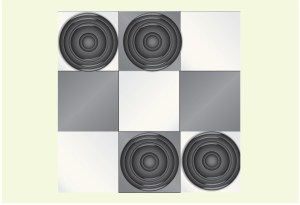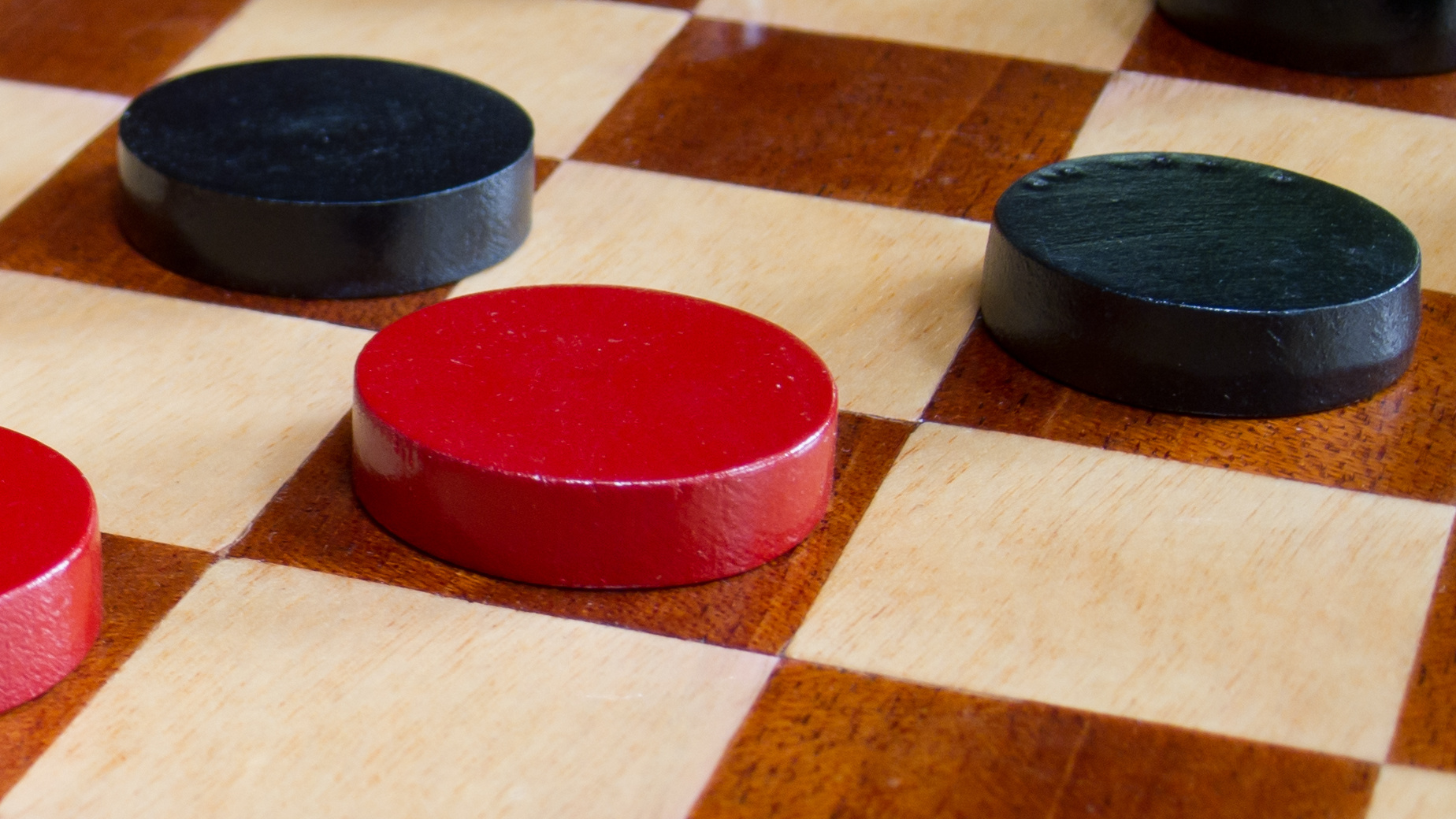Given an n by n tic-tac-toe board where n is at least three with some number of pieces randomly put there, the solitaire version of Jump Snatch allows the following moves: a slide or a jump
A slide moves a piece a single square in either a vertical, horizontal, or diagonal direction provided the destination square is empty.
A jump move consists of one or more jumps using the same piece. A piece p1 can jump a piece p2 if p2 is between p1 and an empty square along any vertical, horizontal, or diagonal direction. When a piece (for example, p2) is jumped, it is removed. A single “jump move” may consist of multiple such jumps using the same piece, though a player may stop a jump move after at least one jump even if more jumps are possible.
In the Solitaire Jump Snatch, your goal is to produce a board with only one piece left using the smallest number of slide and/or jump moves.
Warm-Up: Consider the following configuration here a dot means empty space and an x means a piece.
. x x
. x x
. . .
Is there any way to ensure only one piece will be left standing after one jump move?
Solution to Warm-Up: Here is one way. Start at the upper-right corner. Jump down to the lower-right corner. Then jump diagonally up to the upper-left corner. Finally, jump to the upper-right corner.
Question: Is one jump move sufficient for the following setting?
x . .
x x x
. . .
Solution: Start at the upper-left corner, jump down to the lower-left corner. Jump diagonally to the upper-right corner, then jump down to the lower-right corner.
Question: On a three-by-three board, find a configuration that requires at least four moves where each move consists of a slide or a jump move.
Solution:
Start with this:
x . x
. x .
x . x
Why is four a lower bound? No piece can be jumped if it is in the corner so three of the four corner pieces must move. Then there has to be at least one jump move. In fact, this might require five moves, but I invite you to prove that. End of Solution
In Competitive Jump Snatch, each player wants to be the last one to do a jump. The players alternate moves. In a move, if a jump is possible, a player must jump at least once. If a jump is not possible, then the player must slide a piece in such a way as to reduce the minimum of the pairwise distances.
Here, the distance between two pieces p1 and p2 is measured as the minimum number of diagonal, horizontal, or vertical moves to slide from p1 to p2. The pairwise distances are the set of distances between all pairs of pieces.

Two Player Jump Snatch Warm-Up: If player A goes first and B goes second, which player will win on the following initial board?
x x .
. . .
. x x
Solution: Player B wins. After each player moves once, the configuration will be
. . x
. . .
x . .
Now, player A must slide closer to player B. The only such move is to go to the center. No other move reduces the distance.
Question: Which player wins in this setting assuming A goes first?
x x . .
. x . .
. . . .
x . . .
Solution: A wins by jumping from the upper-left corner to the upper-third position. (Recall neither player is obliged to jump multiple times in a single jump move.)
. . x .
. x . .
. . . .
x . . .
Now, B must jump because it is available, leaving
. . . .
. . . .
x . . .
x . . .
which A can now win. End of Solution.
Now for the Upstarts.
Upstart Solitaire: For any n and corresponding board of size n x n, find the maximum k such that there is some initial board configuration for which the minimum number of jump and slide moves to achieve an end state is k.
Upstart Two Player: For an arbitrary n x n board and an initial configuration of pieces, find an algorithm that will lead either the first or second player to certain victory.
Copyright
© 2024 Copyright held by the owner/author(s).




Join the Discussion (0)
Become a Member or Sign In to Post a Comment